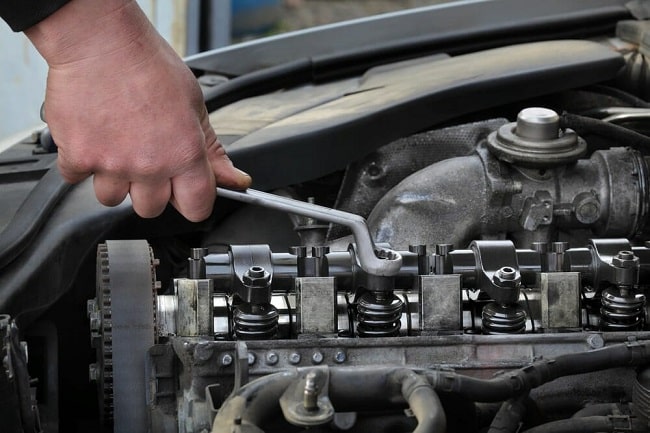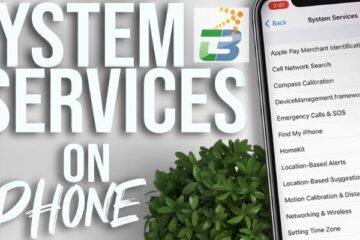When it comes to replacing or upgrading car parts, ensuring compatibility is crucial for optimal performance and safety. In this comprehensive guide, we will delve into the intricacies of checking the compatibility of car parts. Whether you’re a seasoned car enthusiast or a novice in the automotive realm, this article by Techbangalore will provide valuable insights and step-by-step instructions on how to check compatibility of car parts before making any changes to your vehicle.
What is the importance of checking compatibility?
Checking the compatibility of car parts is essential for optimizing your vehicle’s performance. Matching compatible parts ensures that they work harmoniously, enhancing efficiency, reliability, and overall performance. It allows you to maintain or improve your car’s functionality, power, and fuel efficiency.
Compatibility plays a vital role in ensuring the safety of your vehicle and its occupants. Using incompatible parts can compromise critical functions like braking, steering, or suspension, putting you at risk of accidents or mechanical failures. By checking compatibility, you can uphold the highest safety standards and enjoy peace of mind on the road.

How to check compatibility of car parts?
Step 1: Identify the exact car make, model, and year
Begin by identifying the exact make, model, and year of your vehicle. This information is crucial for sourcing compatible parts as car manufacturers often release different versions or variants of their models, each with specific requirements.
Step 2: Understand the part specifications
The second step of how to check compatibility of car parts is to understand the part specifications. Thoroughly understand the specifications of the car part you wish to replace or upgrade. This includes details such as dimensions, connectors, mounting points, electrical compatibility, and any other relevant specifications. Consult your vehicle’s manual, research online, or seek advice from automotive experts to gather accurate information.
Step 3: Cross-reference with OEM or trusted sources
Cross-reference the part specifications with OEM (Original Equipment Manufacturer) guidelines or trusted sources. OEM parts are designed specifically for your vehicle and are typically the most reliable option. However, if you are considering aftermarket parts, ensure they are compatible with your car’s specifications by consulting reputable suppliers or manufacturers.

Step 4: Utilize online compatibility tools
Take advantage of online compatibility tools provided by reputable automotive websites or parts retailers. These tools allow you to input your vehicle’s information and the specific part you are looking for. They will then provide you with a list of compatible options, making the search process easier and more efficient.
Step 5: Consult with automotive professionals
If you’re uncertain about the compatibility of a particular car part, it’s always wise to seek advice from automotive professionals. Visit local auto repair shops, or authorized dealerships, or consult with certified mechanics who can offer expert insights and guidance based on their experience and knowledge.
Frequently asked questions
These are some questions that relate to how to check compatibility of car parts, you can read them if you have the same inquiries.
1. How do I determine if a car part is compatible with my specific vehicle?
To determine compatibility, you need to identify your vehicle’s make, model, and year. Cross-reference the part’s specifications with OEM guidelines or trusted sources, utilize online compatibility tools, and consult with automotive professionals if needed.
2. Can I use aftermarket parts instead of OEM parts while ensuring compatibility?
Besides the questions that how to check compatibility of car parts, some people often asked if they could use aftermarket parts. The answer is “Yes, you can use aftermarket parts as long as they are compatible with your vehicle”. Ensure the aftermarket part matches the required specifications and is designed for your specific make, model, and year. Consult reputable suppliers or manufacturers to ensure compatibility.
3. Are there any risks associated with using incompatible car parts?
Using incompatible car parts can pose risks to performance and safety. Incompatible parts may not fit properly, affect critical functions like braking or suspension, or cause damage to other components. It’s crucial to check compatibility to ensure optimal performance and safety.
4. Can I rely solely on online compatibility tools to verify compatibility?
Online compatibility tools are a helpful resource, but it’s recommended to use them as a starting point. They provide general compatibility information, but it’s important to double-check with OEM guidelines, and trusted sources, or seek advice from automotive professionals to ensure accuracy.
5. What should I do if I’m unsure about the compatibility of a car part?
If you’re uncertain about compatibility, consult with automotive professionals such as mechanics, authorized dealerships, or reputable auto repair shops. They have experience and knowledge to guide you and can help determine if a specific part is compatible with your vehicle.
Conclusion
How to check compatibility of car parts is an essential step in maintaining performance, safety, and functionality. By following the steps outlined in this guide, you can confidently navigate the world of car parts, ensuring you choose components that seamlessly integrate with your vehicle. Remember, accuracy and attention to detail are paramount to guaranteeing a successful installation and enhancing your overall driving experience.






